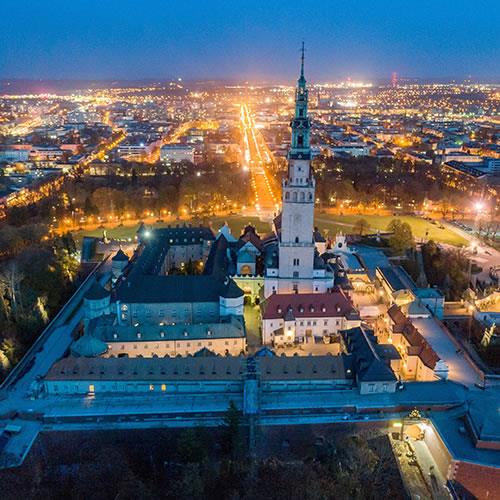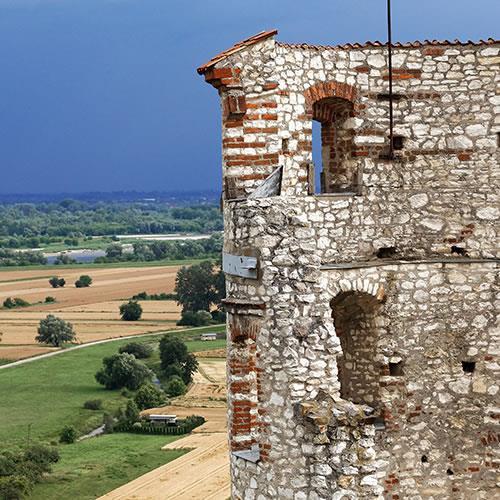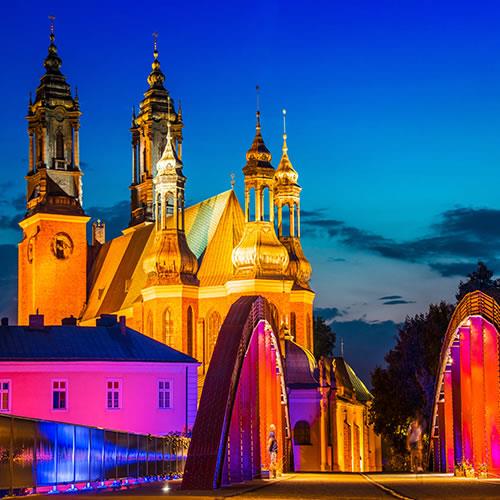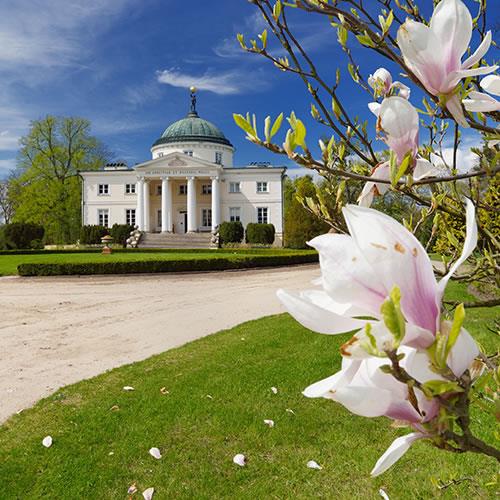⚠ Announcement
Europeandestinations.com is Tripmasters.com now.
Ownership, management, and activity remain the same. All existing bookings will be serviced as always.
Europeandestinations.com is Tripmasters.com now.
Ownership, management, and activity remain the same. All existing bookings will be serviced as always.

















The Kuyavian-Pomeranian Voivodeship (Kujawsko-Pomorskie in Polish) consists of two traditional regions of Poland, that of Kuyavia to the west, with the royal city of Bydgoszcz as its capital; and that of Royal Prussia, a portion of East Pomerania, with Torun as its capital. Today, the two cities make up a joint metropolitan area and are co-capitals of the Voivodeship. Bydgoszcz is situated on the Brda and Vistula rivers and is well-known for its eclectic collection of neo-Gothic, neo-Baroque and neo-Classical buildings, earning it the nickname of 'Little Berlin'. Torun is one of the oldest cities in Poland, having been settled for nearly 1,200 years. The city's Medieval Old Town area, unscathed in the wake of World War II, is a UNESCO World Heritage Site. Torun's most famous native son is Nicolaus Copernicus, and its most scrumptious delicacy is gingerbread.
Book Your Own Vacation